Join getAbstract to access the summary!

Join getAbstract to access the summary!
Charlotte Huff
The Do-Nothing Dilemma
Mosaic, 2016
What's inside?
Not all the cancers that scans can detect need immediate treatment, but would you want to wait and see?
Recommendation
Journalist Charlotte Huff makes a good case for “watchful waiting” in low-risk cancers and precancerous conditions. Highly sensitive scans pick up on changes so early today that it can be unclear what they will become: There can be false positives, and some cancers are extremely slow-growing. Unexpectedly, Huff makes it equally clear why some patients’ medical decision-making process means they are better off having surgery and peace of mind than living with uncertainty. While never giving medical advice, getAbstract recommends these thoughtful insights to readers interested in the risks, benefits and emotional implications of watchful waiting.
Summary
About the Author
Charlotte Huff is a Texas-based journalist, political science major and Fulbright journalism scholar. Her features have appeared in American Way, Genome, Medical Economics, Slate and Women’s Health.









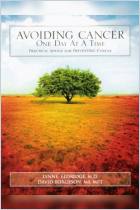
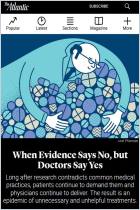

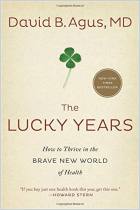
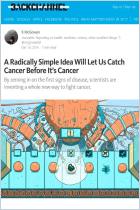
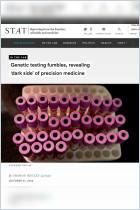





Comment on this summary